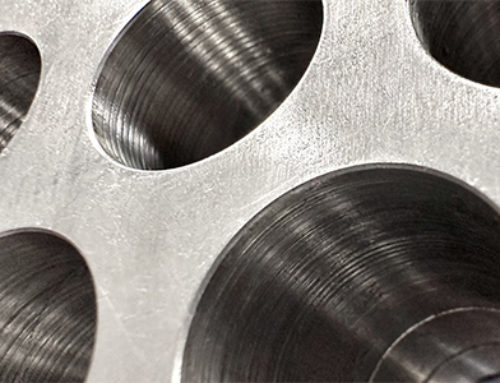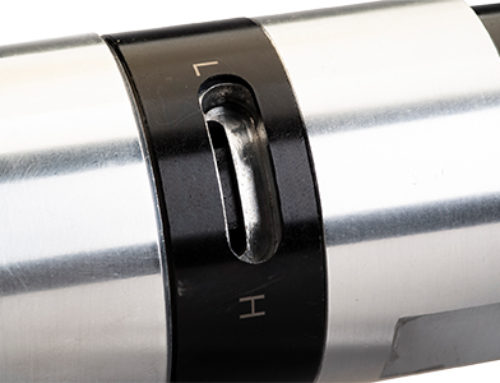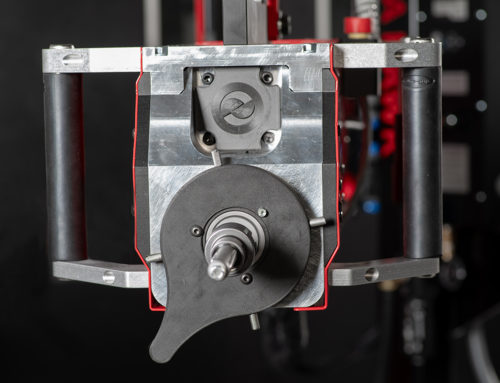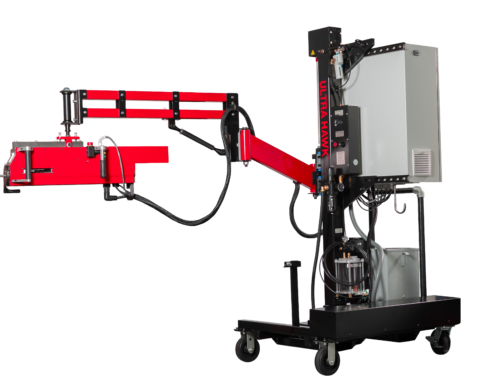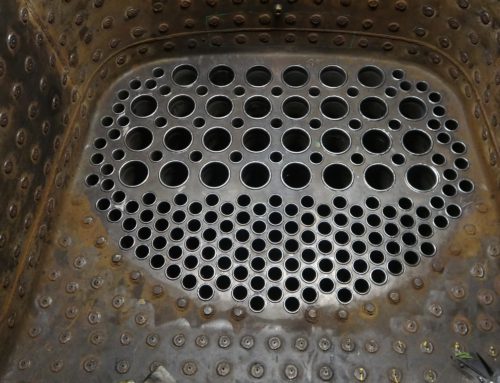
When To Use A Five Roll Expander
In order to achieve the best results and complete the job efficiently, it is important to select the proper expander for your application. While there are a variety of standard and special expander types available, 3 roll expanders are the most common. 3 roll expanders often cover the widest range of tube sizes and work well in many different applications. However, there are circumstances where the 5-roll expander is the best option for the job.
The goal of rolling a tube is to obtain a good mechanical tube-to-tube sheet joint. During the tube expansion process, the rolls push against the inside of the tube allowing it to expand against the tube sheet hole. Each time a roll passes a specific location on the tube ID, the force creates a stress in the metal. Depending upon the metal’s elastic properties, the tube may try to resist the force being applied and return to its initial state. As each of the expander’s rolls passes the same spot, this continual stress and resisting causes a work hardening of the metal, meaning it is no longer malleable.

Metals such as titanium, stainless steel, and other exotics work harden very quickly due to their elasticity. Elasticity refers to a material’s ability to stretch and return to its original state. Materials behave elastically until the force increases beyond the material’s elastic limit. It is at this point in which the material enters a plastic state, meaning it is permanently deformed and cannot return to its original shape. During the expansion process, the tube material and tube sheet hole will expand until the tube reaches its plastic state and is contained by the tube sheet’s elastic properties. As a result, both of these forces are required in order to create a mechanical tube joint.
Additionally, tubes with wall gauges 17 (0.058) or thinner are more prone to work hardening due to the thinness of the material. If you were to use a 3 roll expander in this situation it could result in an uneven roll, known as “Tenting”. This is because the 3 rolls aren’t able to cover enough area to create an even expansion, prior to the material work hardening. As a result, a 5 roll expander would be the best solution to prevent tenting. Fitting more rolls into the same space allows the expander to cover a larger surface area, preventing the metal from returning to its initial state.

While there are customers who prefer to use 5 roll expanders on thicker tube applications, that is usually personal preference. Whereas, in applications with wall gauges 17 (0.058) or thinner, especially in metals such as titanium, stainless steel, and exotic materials, it would be best to consider using a 5 roll expander. Otherwise, there is a greater risk of producing an uneven roll and leaky tube joints.

